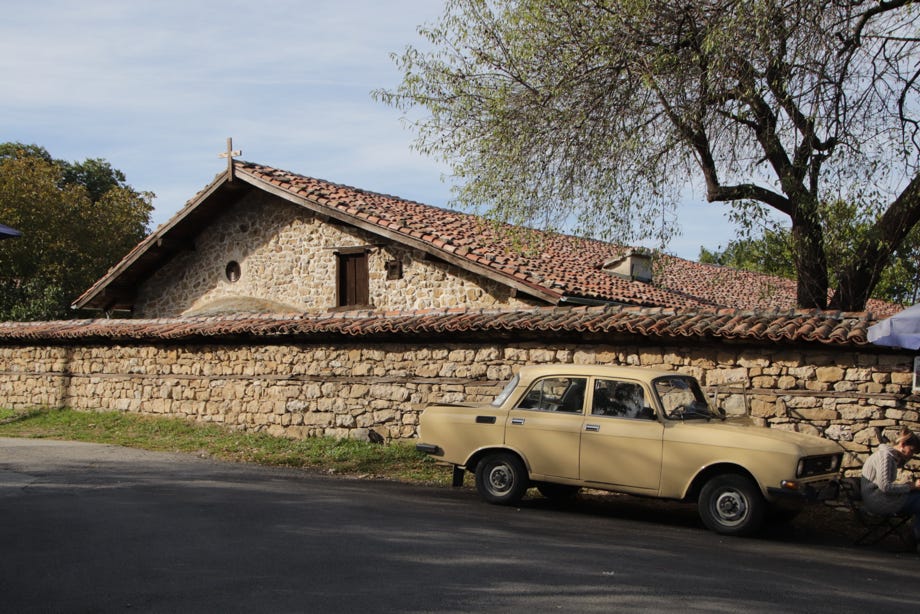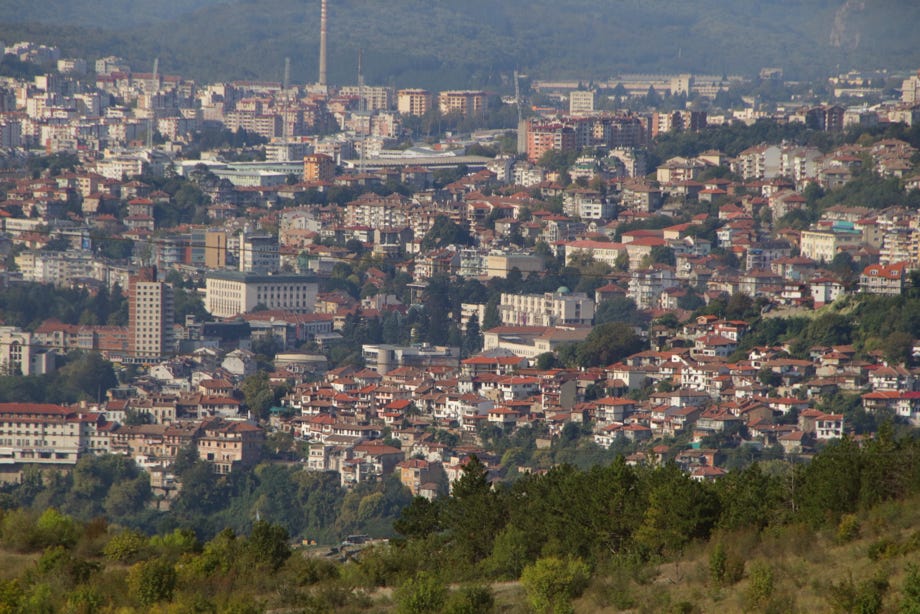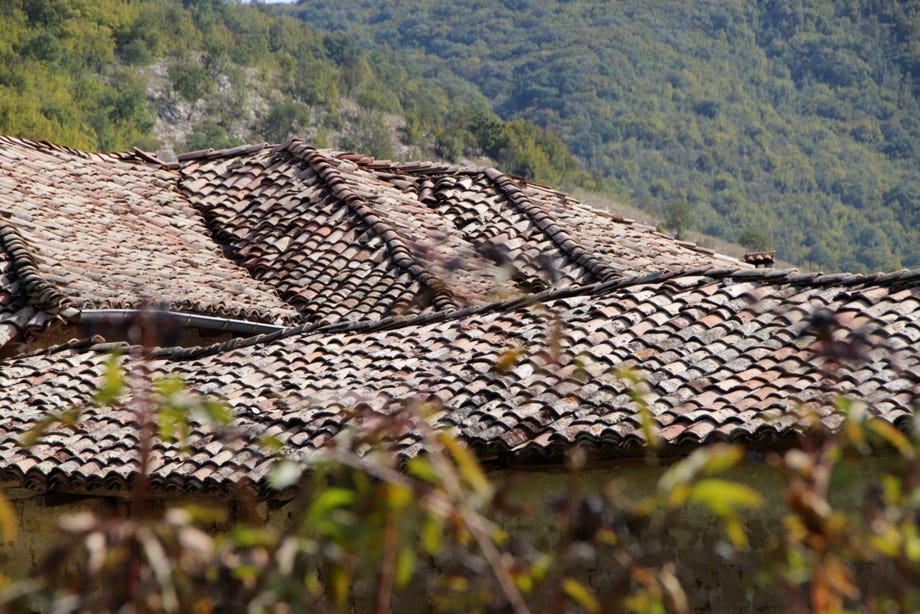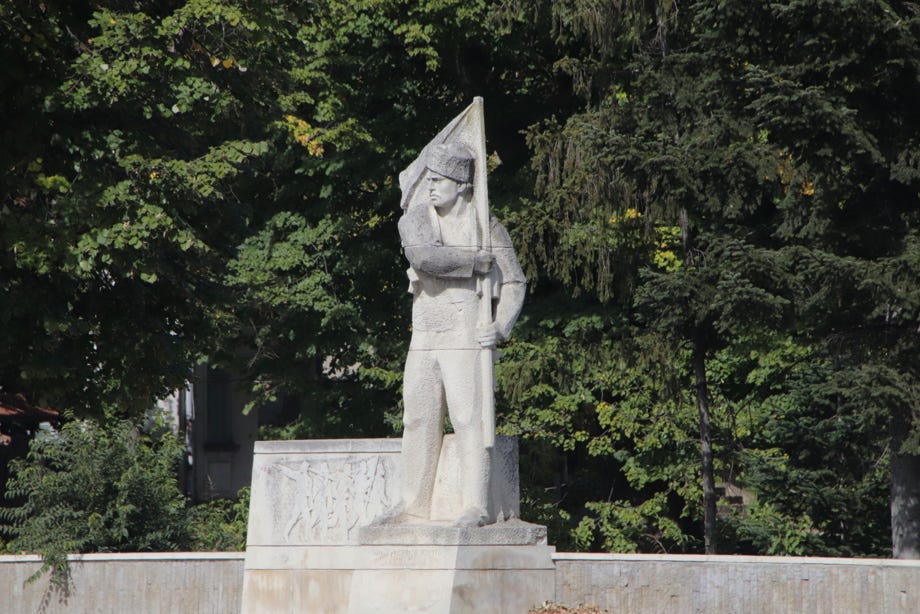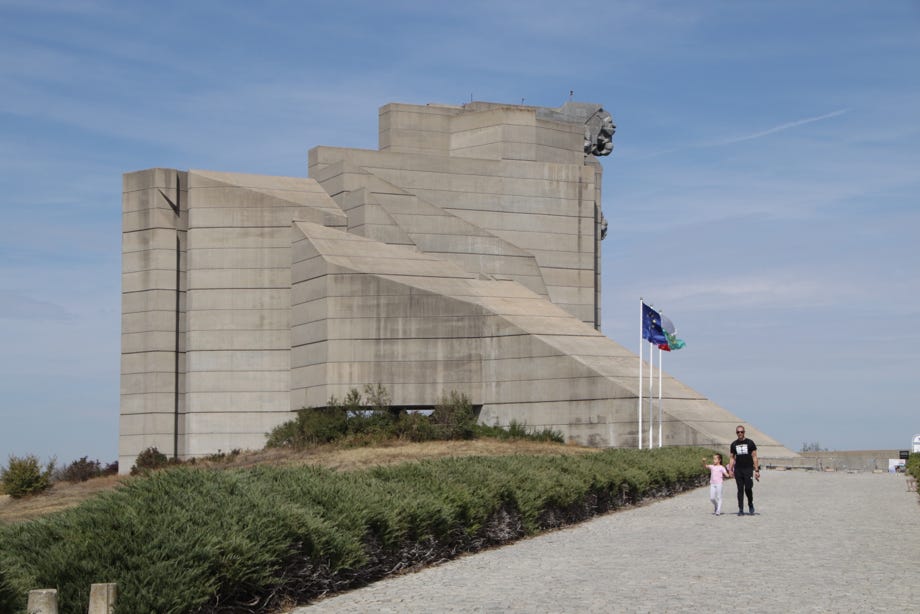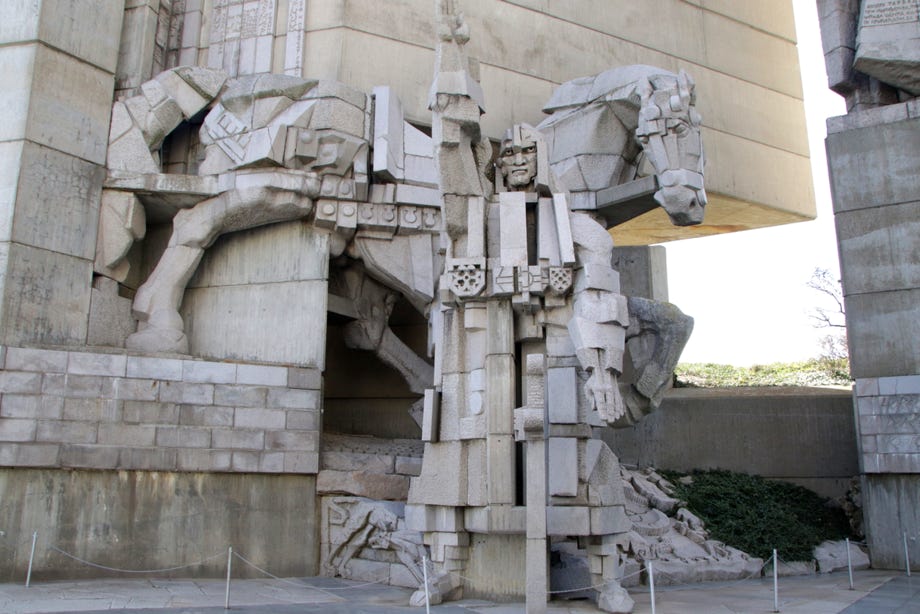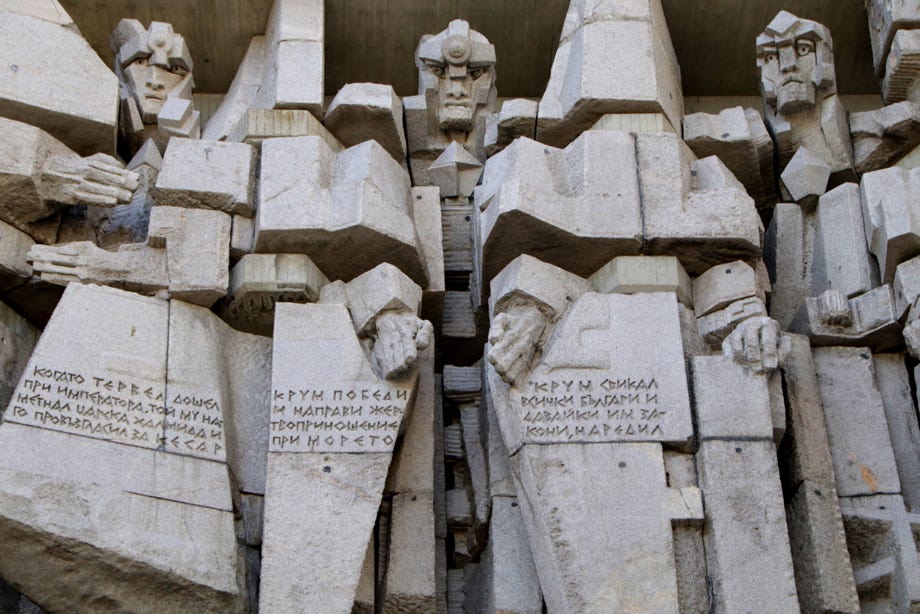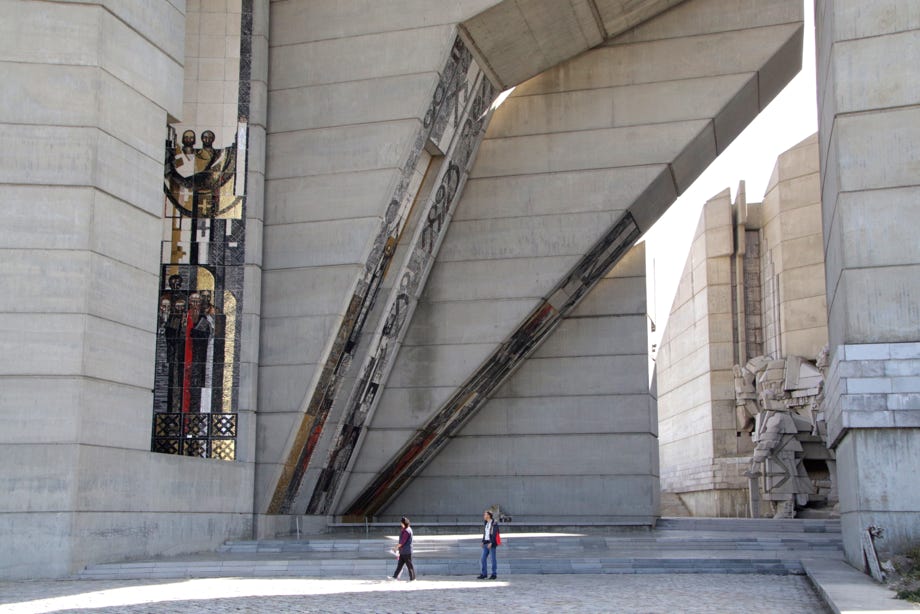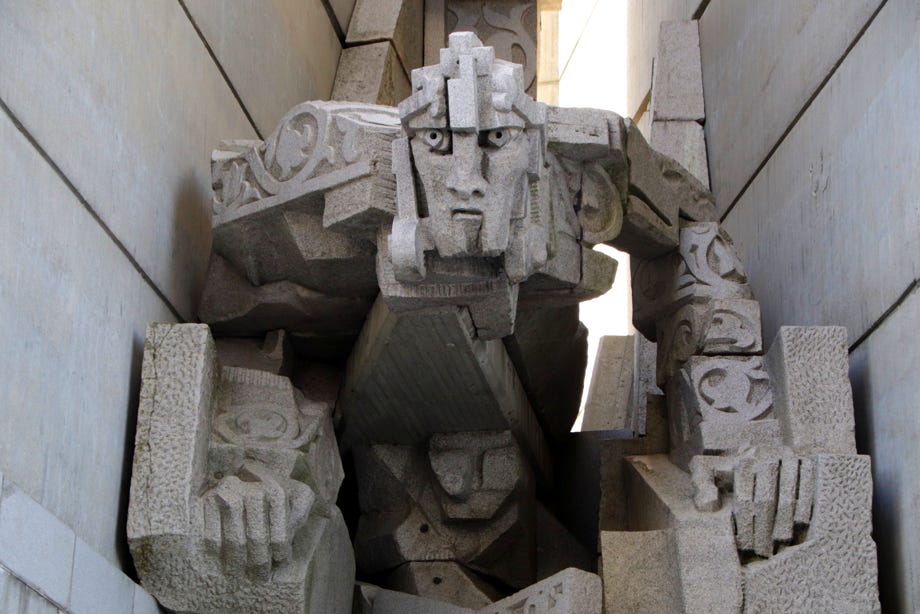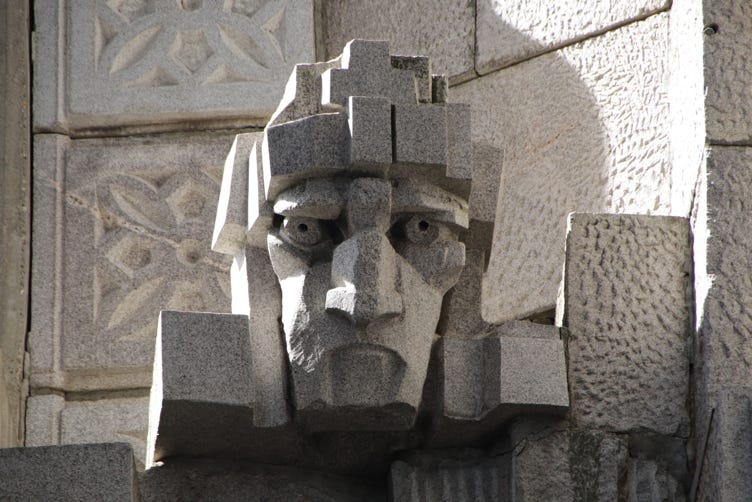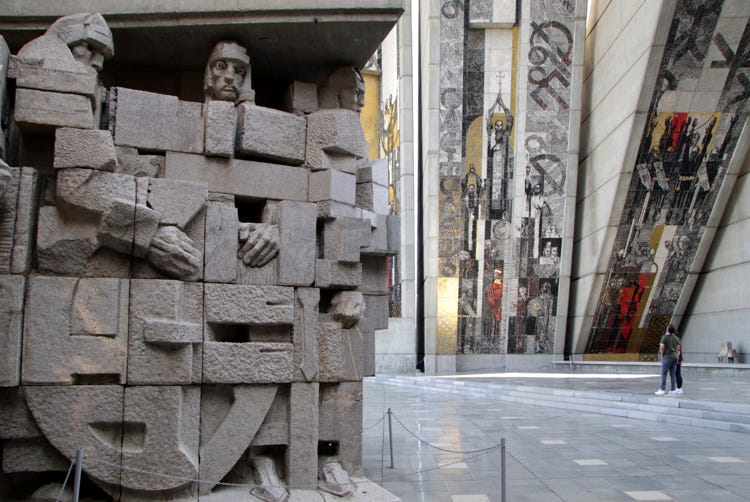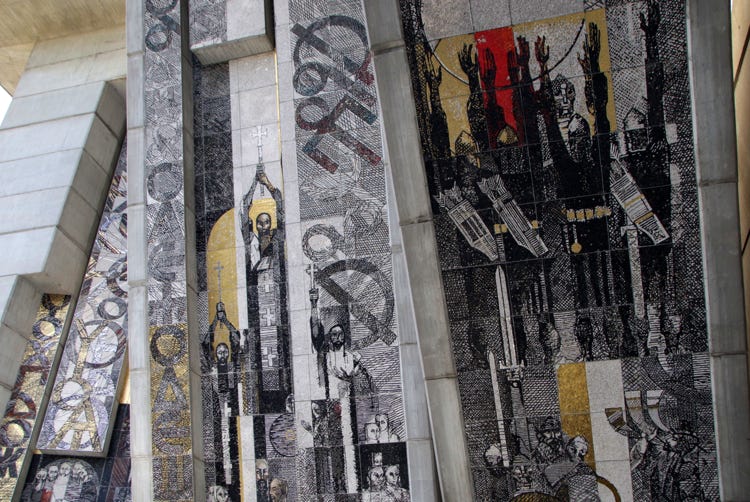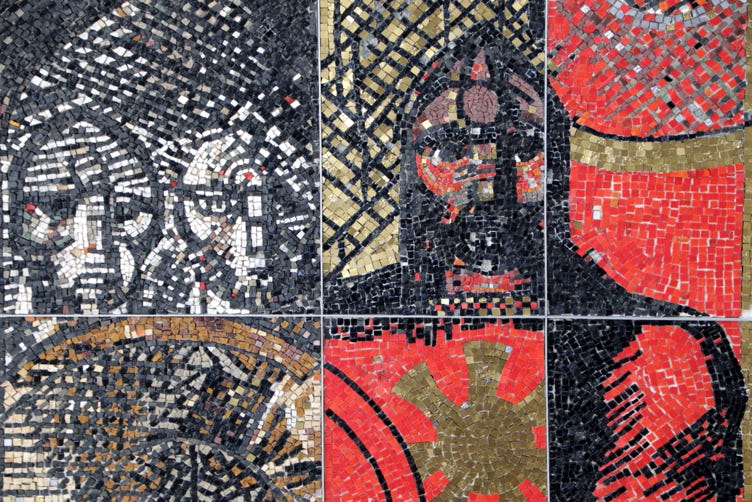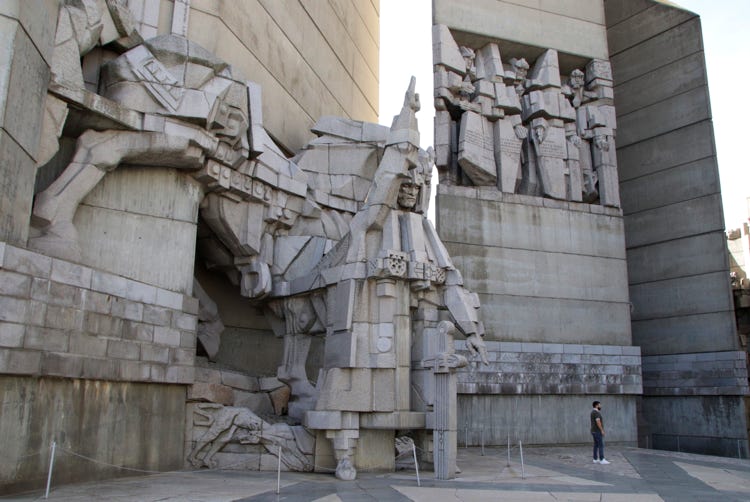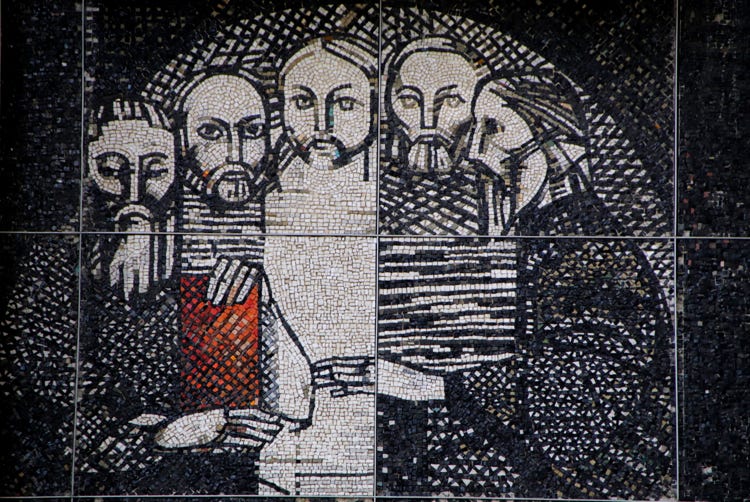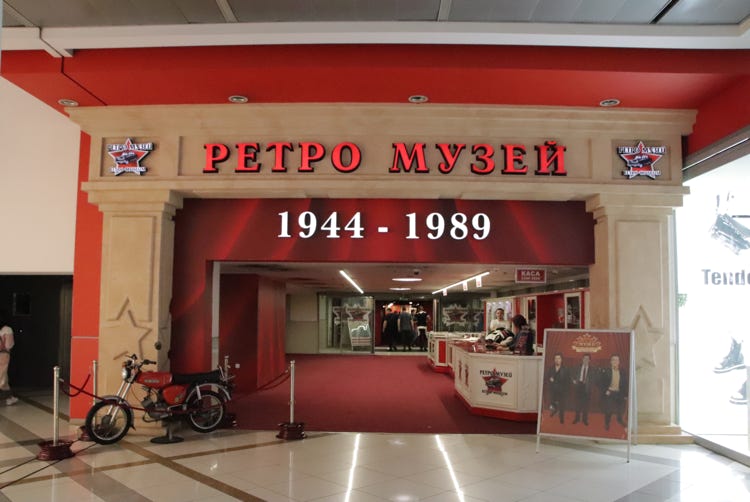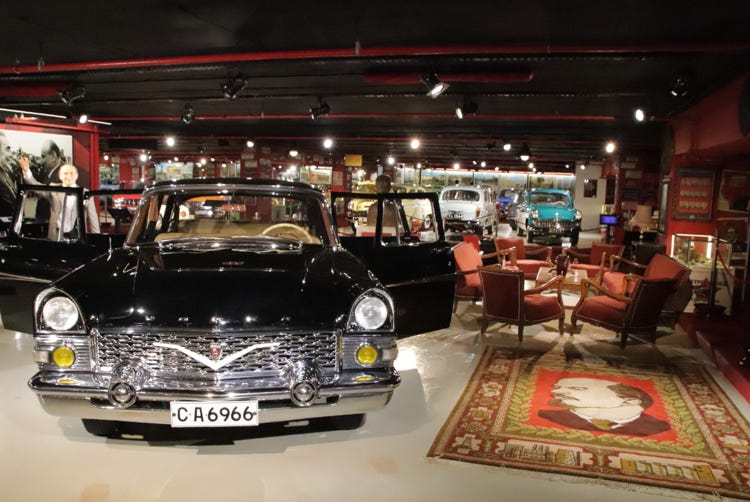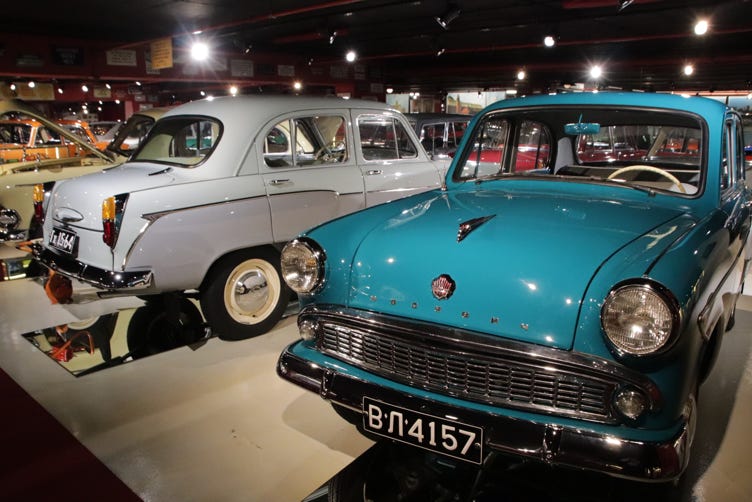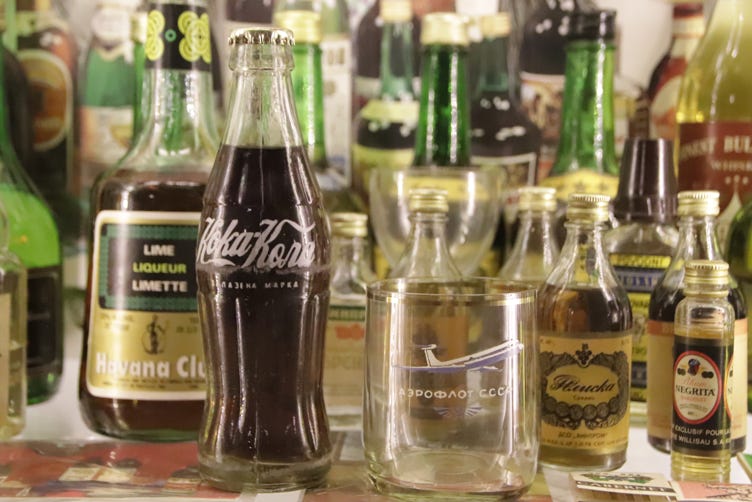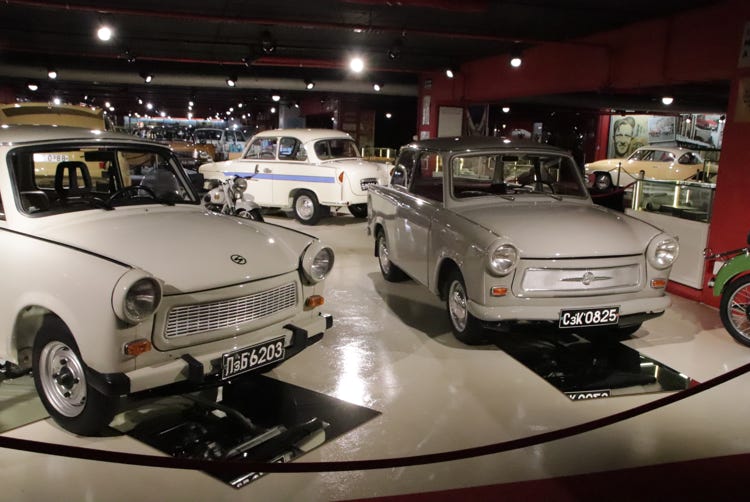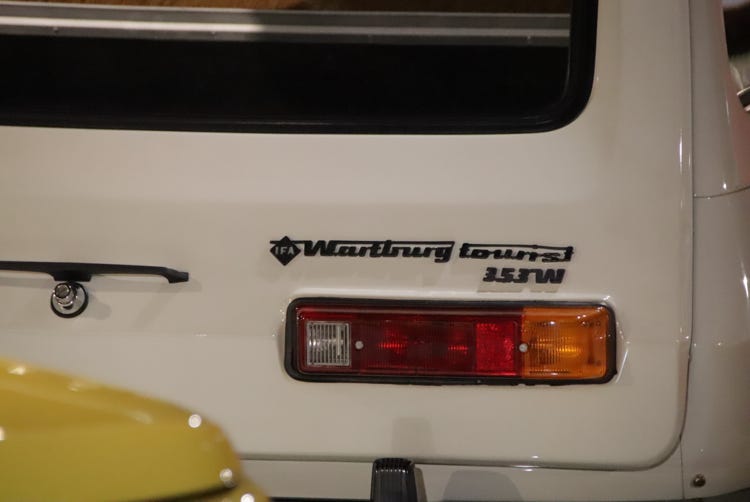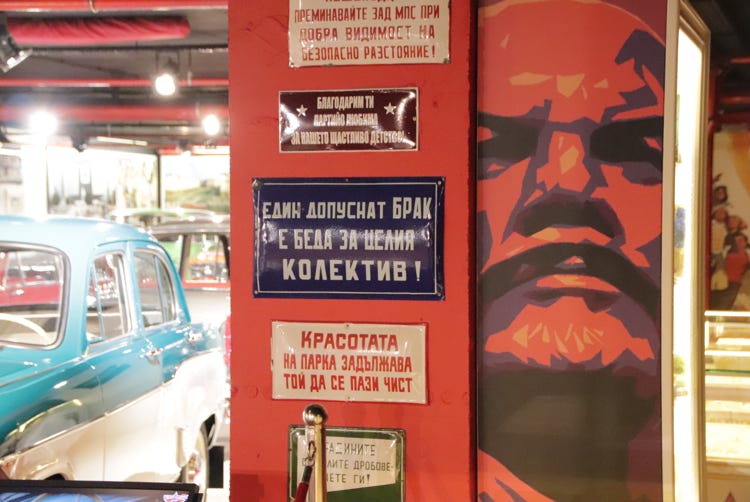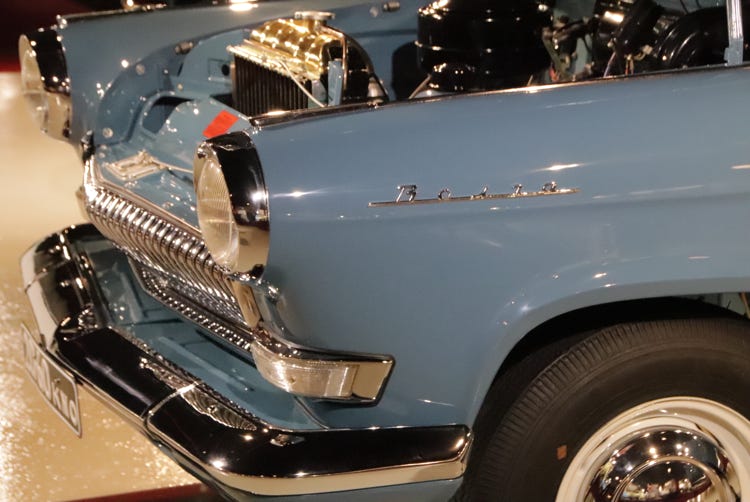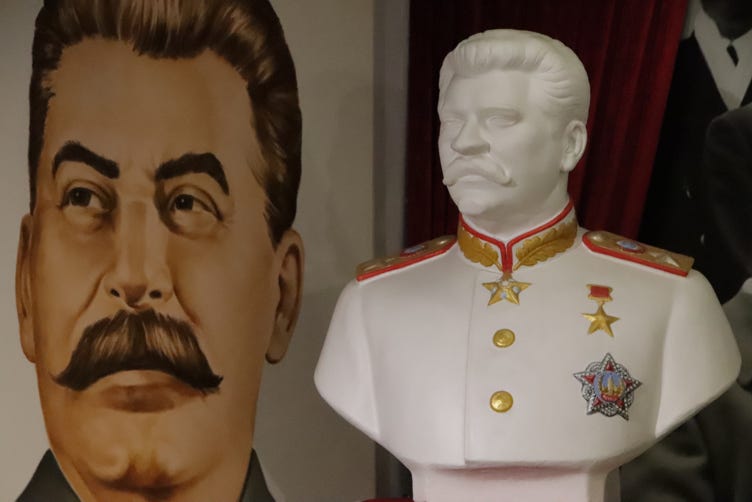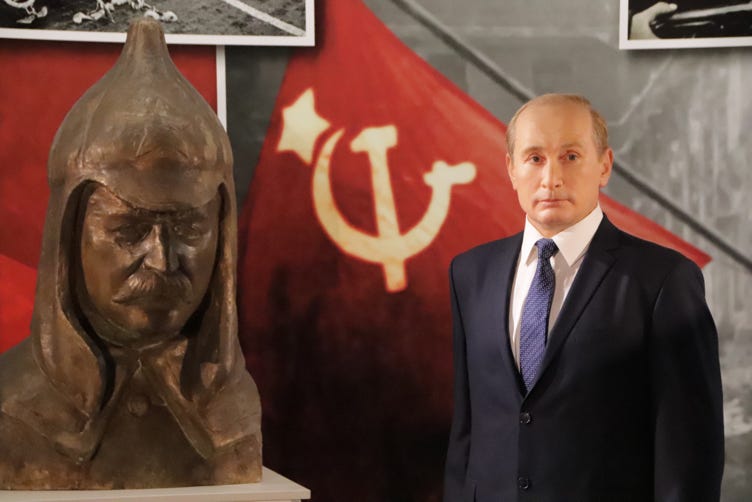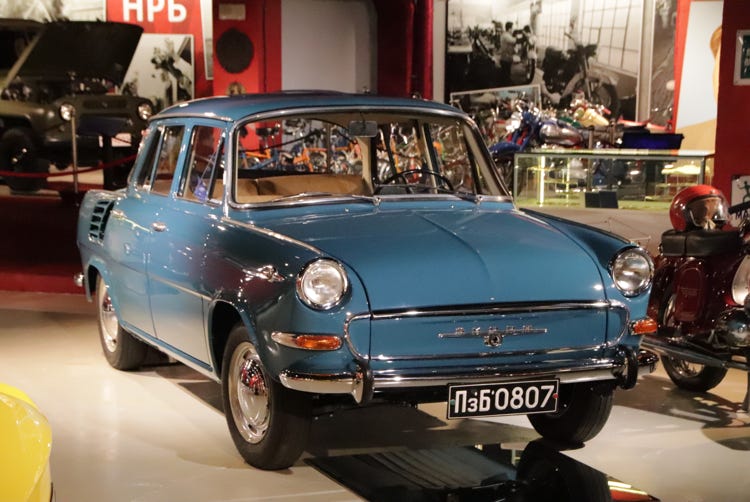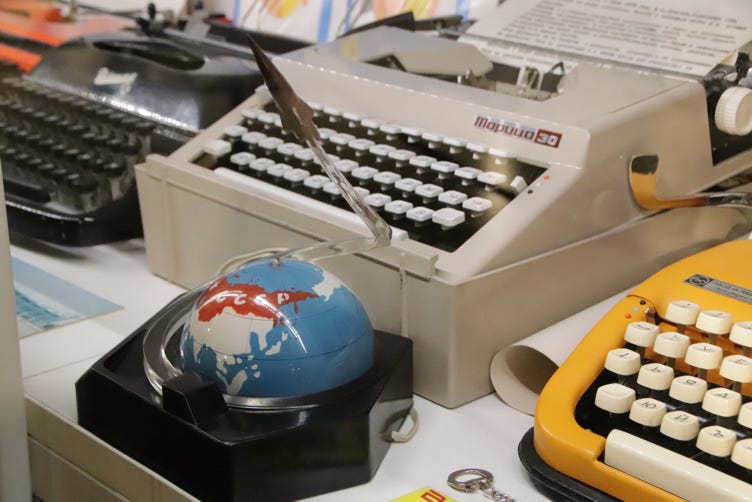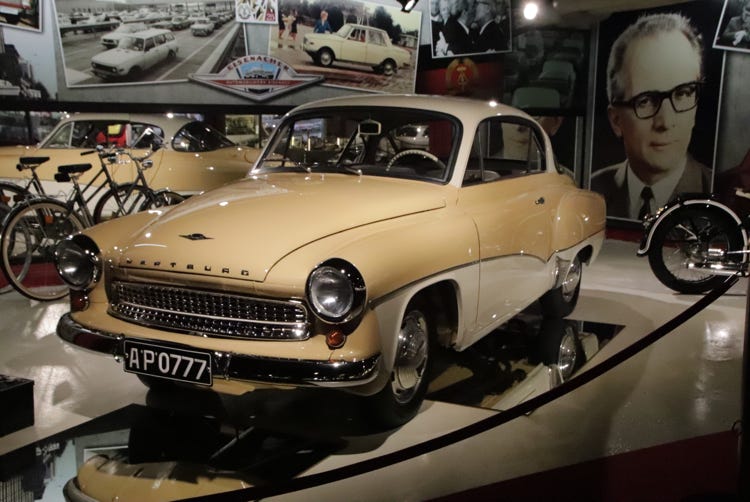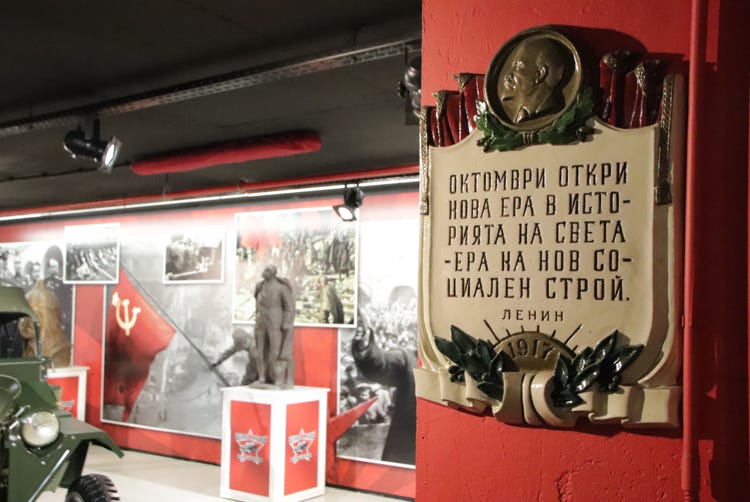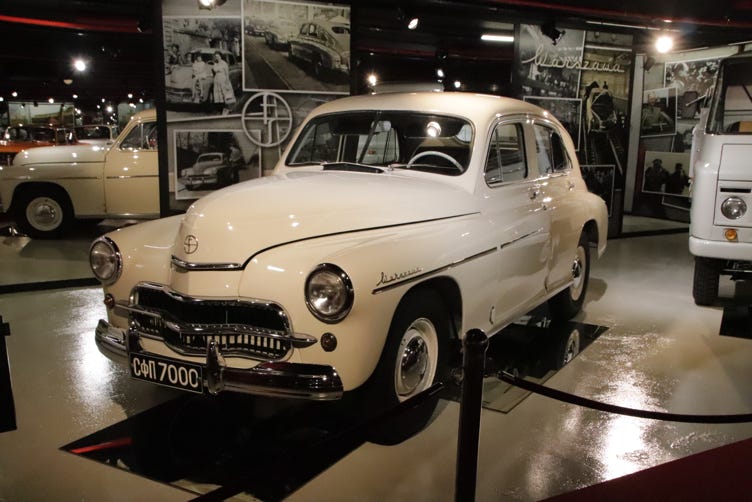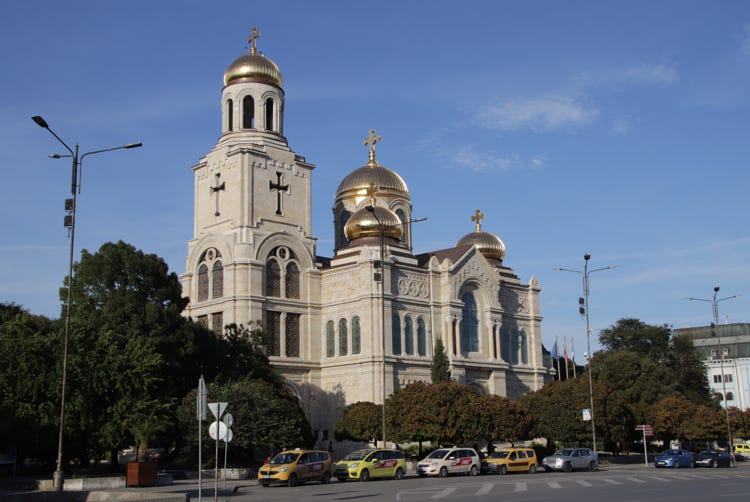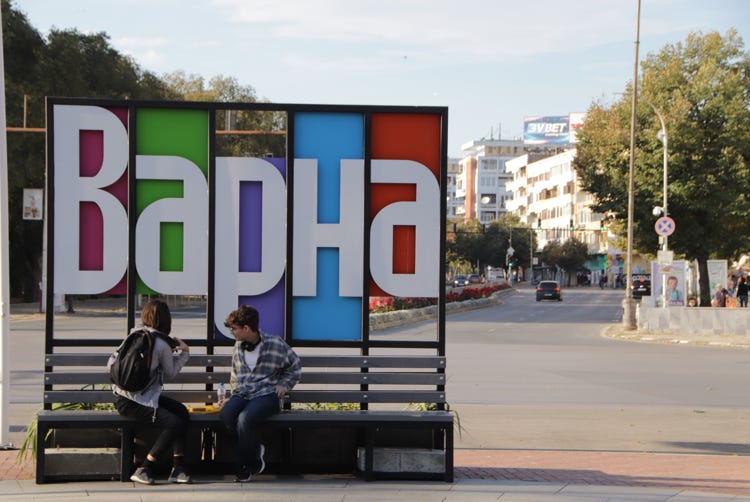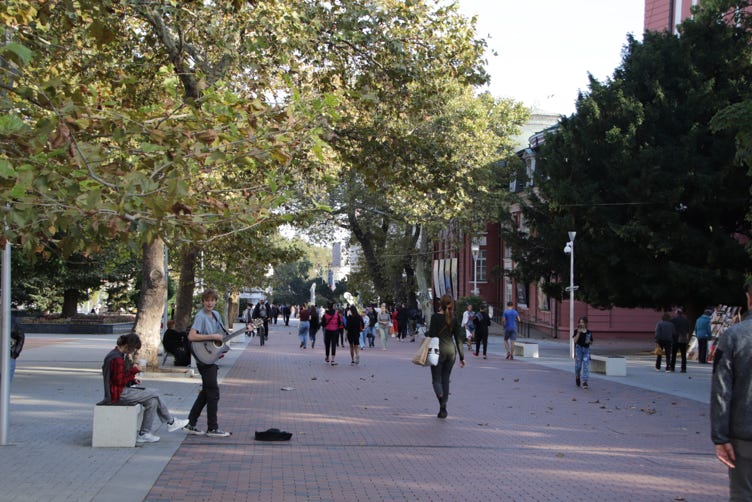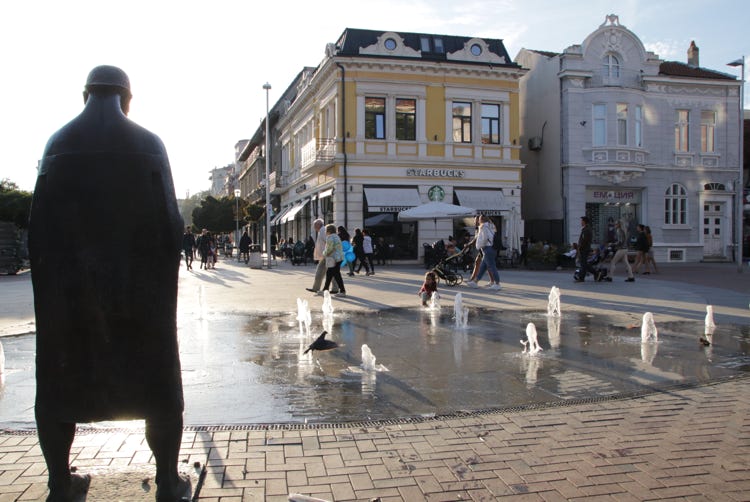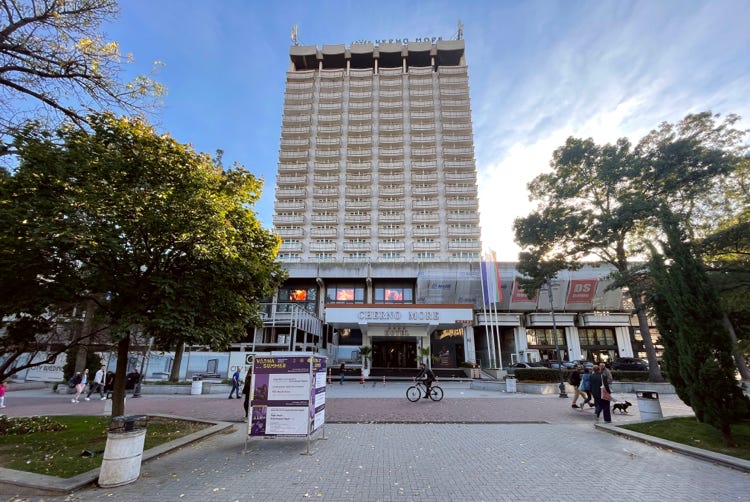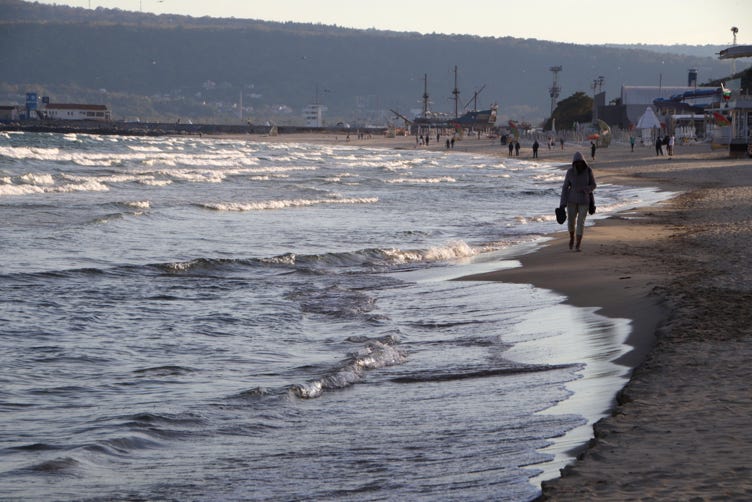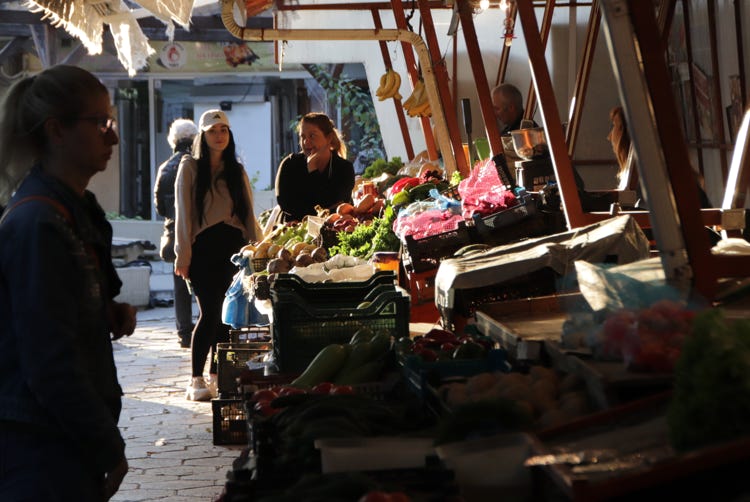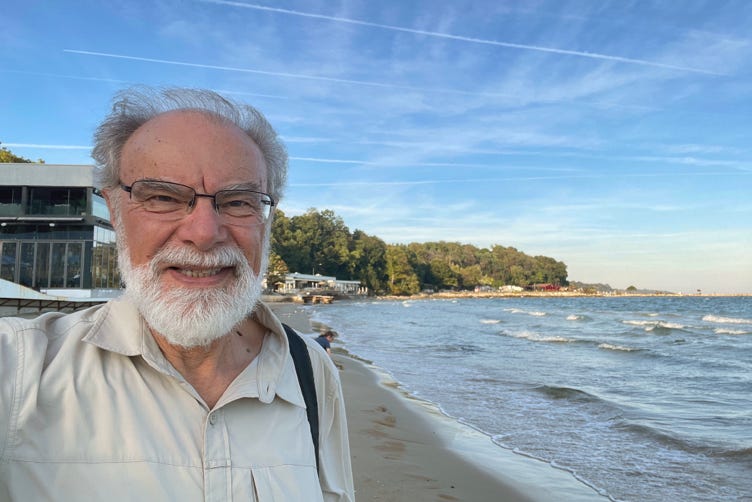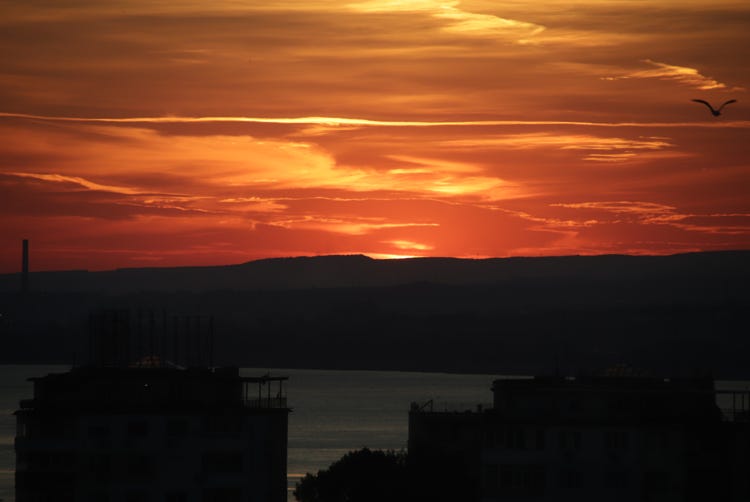
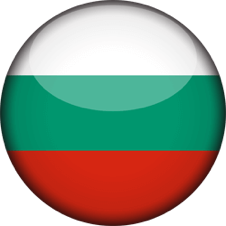
Veliko Târnovo to Varna

Distance travelled = 250 kilometres driving by road and 11.2 kilometres walking (15,000 steps).
With a relatively short Sunday drive planned for today, I expected that I would have plenty of time to get everything done. As things turned out, it has been quite a long day with an early start and a late finish.
I woke to my alarm at 6:15am, earlier than normal as I had a work-related Zoom call scheduled for 7:00am. This took almost an hour, after which I had breakfast, packed my luggage, called home as I have tried to do every morning, checked out of the hotel, and I was on my way by 9:15am.
I made two very brief stops before making my two longer, planned stops. The first stop was in the village of Arbanasi (Арбанаси), just a few kilometres north of Veliko Târnovo. I had heard it was a very pretty place – it was. – and furthermore, its elevated location gave great panoramic views across the whole city of Veliko Târnovo.
My second brief stop was in a tiny village named Prolaz (Пролаз). As I drove into it I thought it might be interesting in terms of some soil erosion on the slopes above the village, but when I stopped I saw it was far less interesting than I had hoped.
Passing through the town of Targovishte (Търговище), where I managed to get a photo of a war memorial based on the white statue of a flag-waving partisan, I drove on towards the city of Shumen (Шумен). I turned off the main road shortly before entering the town to head towards my destination – the huge Monument to the Founders of the Bulgarian State.
Although this monument was built during Communist times (it opened in 1981), its construction coincided with the 1,300th anniversary of the establishment of the first Bulgarian state in the year 681.
Looking like some mis-shaped concrete blocks from a distance, the monument actually comprises eight concrete blocks that form two semi-open halls, lined by several huge concrete statues of Bulgarian historical figures plus three immense mosaics depicting the proto-Bulgarian period, the national conversion to Christianity, and the educational mission of the creators of the Bulgarian alphabet, Cyril and Methodius.
The monument was impressive for its scale as well as its execution, although I suspect the designers weren’t sufficiently aware of the angles of the sunlight at various times of the day – the lighting on the sculptures was either non-existent or randomly partial, at least around midday, the time of my visit.
My original plan had been to stay in Shumen overnight, but I received a message yesterday to say that the entire city is without water for four days (23rd to 26th September) “due to an accident in the water supply system”. That forced me to re-book elsewhere, and as I was intending to continue to Varna (Варна) today and then return to Shumen, the obvious solution was to book a hotel in Varna. Booking last-minute accommodation is always a challenge, and when staying in a hotel where the wi-fi dies before it reaches your room at the far end of the corridor, it is even more difficult. Nonetheless, tethering my phone saved the day (as it had also done earlier that morning for the Zoom call), and I managed to get a booking at the Golden Tulip Hotel in Varna.
My final planned stop was just a couple of kilometres before the hotel, and as I arrived in Varna a little after 2:00pm, I decided to make this stop before continuing to the hotel for check-in
I had discovered the place I wanted to visit In Varna somewhat accidentally. Known as the Retro Museum, it doesn’t feature in any guidebooks that I have seen – but it really should. Covering an area of 4,000 square metres, the museum is dedicated to Bulgaria’s period of Communism (1944 to 1989), and it features more than 60 perfectly restored Soviet and Eastern European cars, plus thousands of everyday artefacts from the socialist era.
The quality of the restoration of the cars was breathtaking. Every car looked as though it had just emerged from the production line – and from what I’ve heard about quality control in those days, they arguably looked better in the Museum today than they did on the day they left the factory. The engines were spotlessly clean, as were the perfect interiors, and many of them featured mirrors beneath them so you could see the underside view.
Interestingly, the museum is located in a huge multi-storey shopping mall (the Grand Mall, situated beside in Ulitsa Akademik Andrei Sakharov). I was a bit anxious about the parking system, but it was really easy – the barriers had been permanently lifted and so parking was free (though not necessarily easy to find a spot). It was easy to find the Museum on the 1st floor of the Mall even though I had parked on the minus 2nd floor as the signage was plentiful and clear.
I expected I would spend about an hour at the Retro Museum; I actually spent over two hours hours and I could have easily stayed longer – excellent value at 12 leva for the entry ($9.10 Australian). Photography was encouraged (now that’s my kind of Museum), so I made the most of the opportunity. I’ve only posted a handful of photos on this page, but if you would like to get some idea of experiencing a visit, I made a 10-minute video that shows some of the exhibits. There is a link to the video at the end of today’s diary.
My unexpectedly long visit to the Retro Museum meant it was almost 5:00pm by the time I reached my hotel. Check-in took a while because there were three people ahead of me, but the room is great – the wi-fi is really fast and it has running water.
Although the shadows were already getting long by the time I got to my room, I decided that I should make the most of my unanticipated evening in Varna and go out for an evening walk. I’m really glad that I did so. The late afternoon sun was a beautiful golden colour, so I walked east from the hotel past the large Dormition of the Theotokos Cathedral, then south-east along a network of pedestrian plazas past the Opera Centre to the Hotel Cherno More where we stayed in 1987. This ugly high-rise concrete structure doesn’t look any better now than it in 1987. And I’m sorry to let you know, Di, that the lovely restaurant on the 1st floor where we had your special birthday dinner to the accompaniment of the string quartet has now been converted into a garish gambling casino.
“Cherno More” (Черно море) means Black Sea, and the hotel gets its name because it is located a short walking distance from Varna Beach (which faces the Black Sea). I continued my walk to the seaside, managing to get there while there were still a few stray rays of sunlight. Making it all the way to the Black Sea coastline seemed a fitting finish to the day’s travels, so I returned to the hotel, making it back to my room just in time to see the last piece of the sun dip below the horizon in a blazing glow of orange. It was time to start writing my urgent work e-mails.
The 10-minute video of my Retro Museum visit can be seen HERE.

